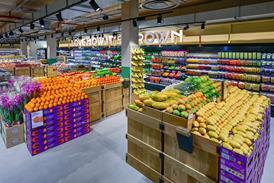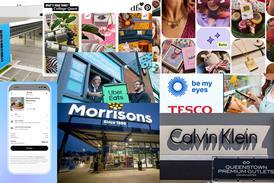False dawn or fresh start: Has John Lewis really got its mojo back?

While the consensus was that John Lewis’ first half would be an improvement from last year, the retailer has hugely exceeded expectations. Is this the start of a new day for the embattled department store chain, or a papering over of the cracks?
On paper, John Lewis & Partners’ first-half turnaround seems nothing short of miraculous. In the six months to July 31, losses before tax narrowed from a whopping £645m to just £29m.
Leaving out things like the potential payment of a staff bonus, tax and exceptional items, the retailer has turned a £55m loss into a £69m profit.
Already have an account? Sign in here



















